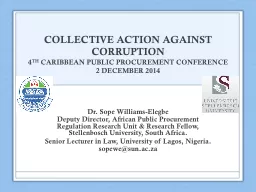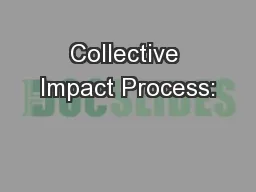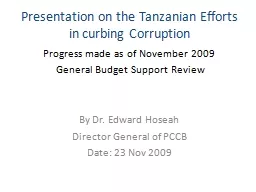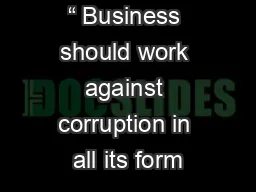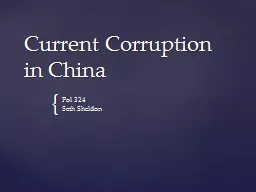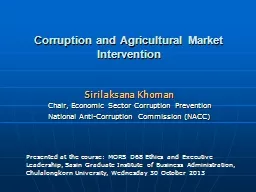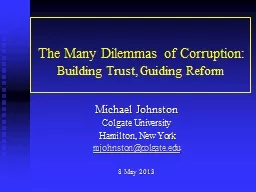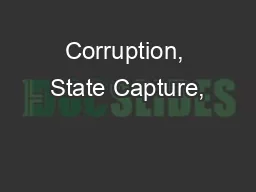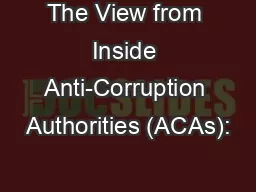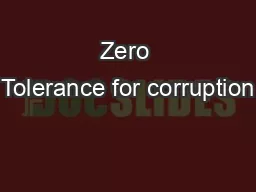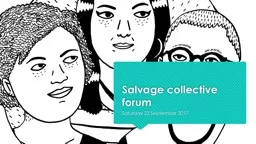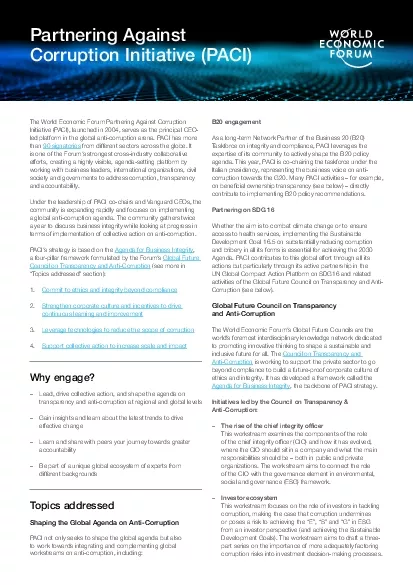PPT-COLLECTIVE ACTION AGAINST CORRUPTION
Author : playhomey | Published Date : 2020-08-04
4 TH CARIBBEAN PUBLIC PROCUREMENT CONFERENCE 2 DECEMBER 2014 Dr Sope WilliamsElegbe Deputy Director African Public Procurement Regulation Research Unit amp Research
Presentation Embed Code
Download Presentation
Download Presentation The PPT/PDF document "COLLECTIVE ACTION AGAINST CORRUPTION" is the property of its rightful owner. Permission is granted to download and print the materials on this website for personal, non-commercial use only, and to display it on your personal computer provided you do not modify the materials and that you retain all copyright notices contained in the materials. By downloading content from our website, you accept the terms of this agreement.
COLLECTIVE ACTION AGAINST CORRUPTION: Transcript
Download Rules Of Document
"COLLECTIVE ACTION AGAINST CORRUPTION"The content belongs to its owner. You may download and print it for personal use, without modification, and keep all copyright notices. By downloading, you agree to these terms.
Related Documents

